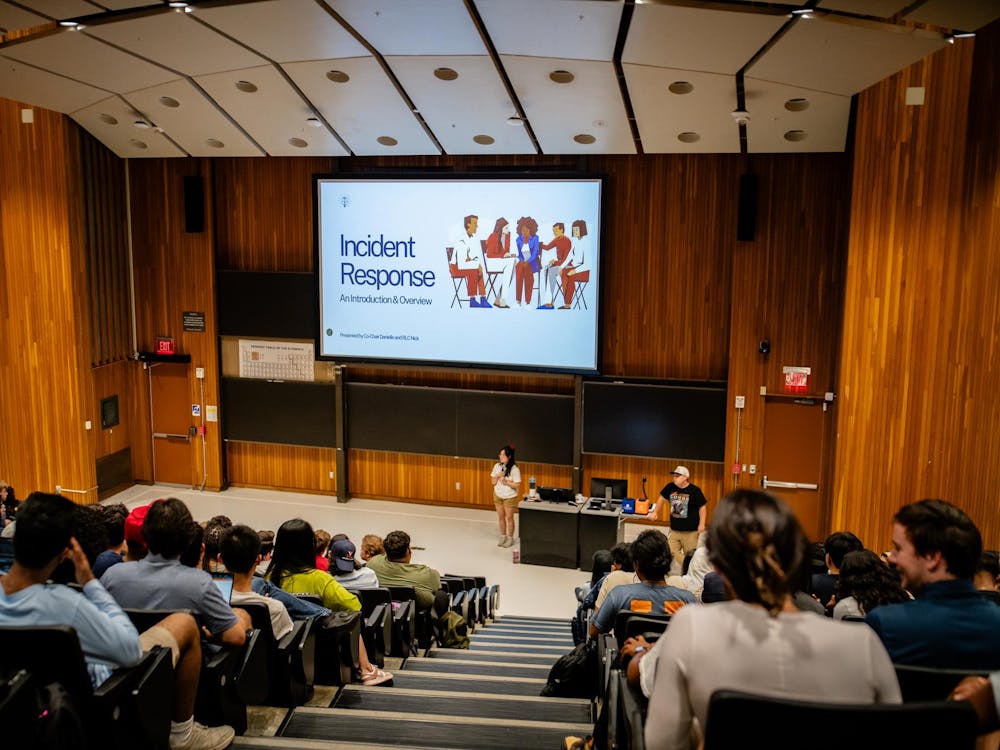This month, the federal government published a 15-point checklist about the safety of self-driving cars. Uber recently released self-driving vehicles on the streets of Pittsburgh as part of a pilot program to test the technology. The prospect of self-driving cars sounds like a major breakthrough, particularly for those with disabilities that keep them from driving, but the technology should not be championed until automotive companies address the safety issues related to the way by which self-driving vehicles navigate the flow of traffic. Additionally, self-driving cars have to potential to harm laborers around the world who derive their income from piloting automotive vehicles.
One of the biggest issues related to self-driving cars is that the technology inherently discourages learning how to drive. One of the rules outlined by the federal government states, “Carmakers must show how their vehicles can safely switch between autopilot and human control.” Though the cars will have the capabilities for human driving, they still have the potential to make driving obsolete. In the same manner by which automatic cars have come to outnumber manual cars in the United States, self-driving cars will outnumber cars that require human driving. Ford plans to roll out self-driving cars by 2021 in cities around the United States and many other companies are following similar patterns. Studies also show that by 2060 all cars in North America will likely be automated. Though both the change from manual to automatic transmission and from human-driven to self-driving cars can be described as providing a new ease of operation, phasing out driving all together could have dangerous consequences. Human driving is the emergency back up for self-driving cars and, if people never learn how to drive, there will be safety related consequences in the case of emergencies. Though one may point out that questions like these are always presented with the invention of new technologies, the failure of a self-driving car and subsequent lack of ability to drive it could have far more disastrous consequences than the failure of a GPS.
Self-driving cars, particularly if used to replace human Uber and taxi drivers, have the potential to negatively affect the economy. Though self-driving cars would ultimately make these rides more economical for consumers, they would phase out the large group of drivers who currently operate Uber rides around the world. In 2015, Uber more than doubled its fleet of drivers to around 327,000 but the advent of self-driving vehicles would put these people out of work. Additionally, an article in the San Francisco Chronicle explained that the projected success of self-driving cars would hurt truck drivers. Though Tesla CEO Elon Musk is behind some of push to develop these vehicles, he expressed caution in regard to the self-driving cars’ effects on the job market. He said, “If you have self-driving cars, then what happens to the 12 percent of the population whose job it is to drive a car or drive a truck?” He also added that self-driving vehicles have the potential to cause “tremendous upheaval in terms of employment.” The article also remarked on the fact that few plans have been made to cushion the financial effects that self-driving cars could have on businesses like truck stops and companies that rely on insuring truck drivers. On the surface, self-driving cars might seem like a win to consumers, but the negative effects that they would cause on the job market are a reason to remain cautious of the technology.
Traditional traffic related issues may also pose problems with self-driving cars. Speed limit is a specific issue that already caused increased accidents by self-driving cars. They are designed to go the speed limit and nothing more which caused problems because, particularly on certain highways, it can be more dangerous to follow the speed limit than go over it. If self-driving cars strictly obey the speed limit in all areas, there is more potential for accidents, as a result of the natural flow of traffic. To maintain the highest sense of safety, self-driving cars will need to accommodate varying speed limits. The ideal self-driving car is like a safer version of a human driver but, if the car cannot accommodate varying speeds and traffic flows, in addition to other safety issues, they will never take the road as a fully safe option for consumers.
Carly Mulvihill is an Opinion columnist for The Cavalier Daily. She can be reached at c.mulvihill@cavalierdaily.com.






